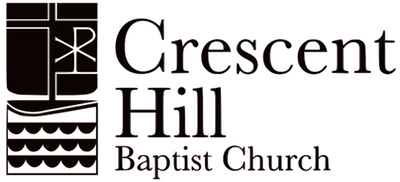Hurricane Harvey Response
As waters rise and life-saving rescues continue from the Houston metro area to the Gulf Coast region, CBF Disaster Response and its partners — including CBF Texas, Fellowship Southwest and others — are in touch with national and state partners and are contacting Texas church leaders to assess their needs.
CBF has more than 100 partner churches in the city of Houston and surrounding communities as well as field personnel serving in Houston and the Rio Grande Valley.
CBF will work with state and regional organizations, the Federal Emergency Management Agency, the National Voluntary Organizations Active in Disasters (VOAD), as well as other local and national partners, including friends in the North American Baptist Fellowship, in any response.
In keeping with CBF’s focus on long-term impact, CBF Disaster Response participates in networks seeking to help communities after a devastating event, but employs most of its resources on the long-term recovery, rehabilitation and resiliency of a community after first-responders have finished their work. This takes time and planning.
You can give by going to cbf.net
5 Things You and Your Church Can Do
1) Pray — In a city as large as Houston and its surrounding areas, it is possible, even likely, that you know someone affected by Hurricane Harvey. Pray for families who have lost everything they own and first-responders who are giving everything they have to save lives. Pray for communities as they cope and as they heal.
2) Give — As CBF helps get people and communities back on their feet over the long-term, financial resources will be necessary. Please consider a gift to the CBF Hurricane Disaster Relief Fund here.
3) (And Give Wisely) — CBF is not accepting donations of items for those affected by the flooding in Texas. CBF has learned from experience with other disasters that it is much more efficient and cost-effective to provide funds that allow CBF Disaster Response personnel to procure supplies as needed.
4) Organize — As search and rescue efforts give way to recovery, CBF will begin providing information and accepting registrations for volunteer teams to travel to affected areas. In the short-term, these groups will be muck-out teams, removing mud and debris from flooded homes. In the future, these teams will help rebuilding efforts. Keep an eye on the CBF website and social media for more information on volunteer opportunities. Visit: http://www.cbf.net/harveyvolunteer/.
5) Think: long-term — In keeping with CBF’s focus on long-term impact, CBF Disaster Response participates in networks seeking to help communities after a devastating event, but employs most of its resources on the long-term recovery, rehabilitation and resiliency of a community after first-responders have finished their work. This takes time and planning.

